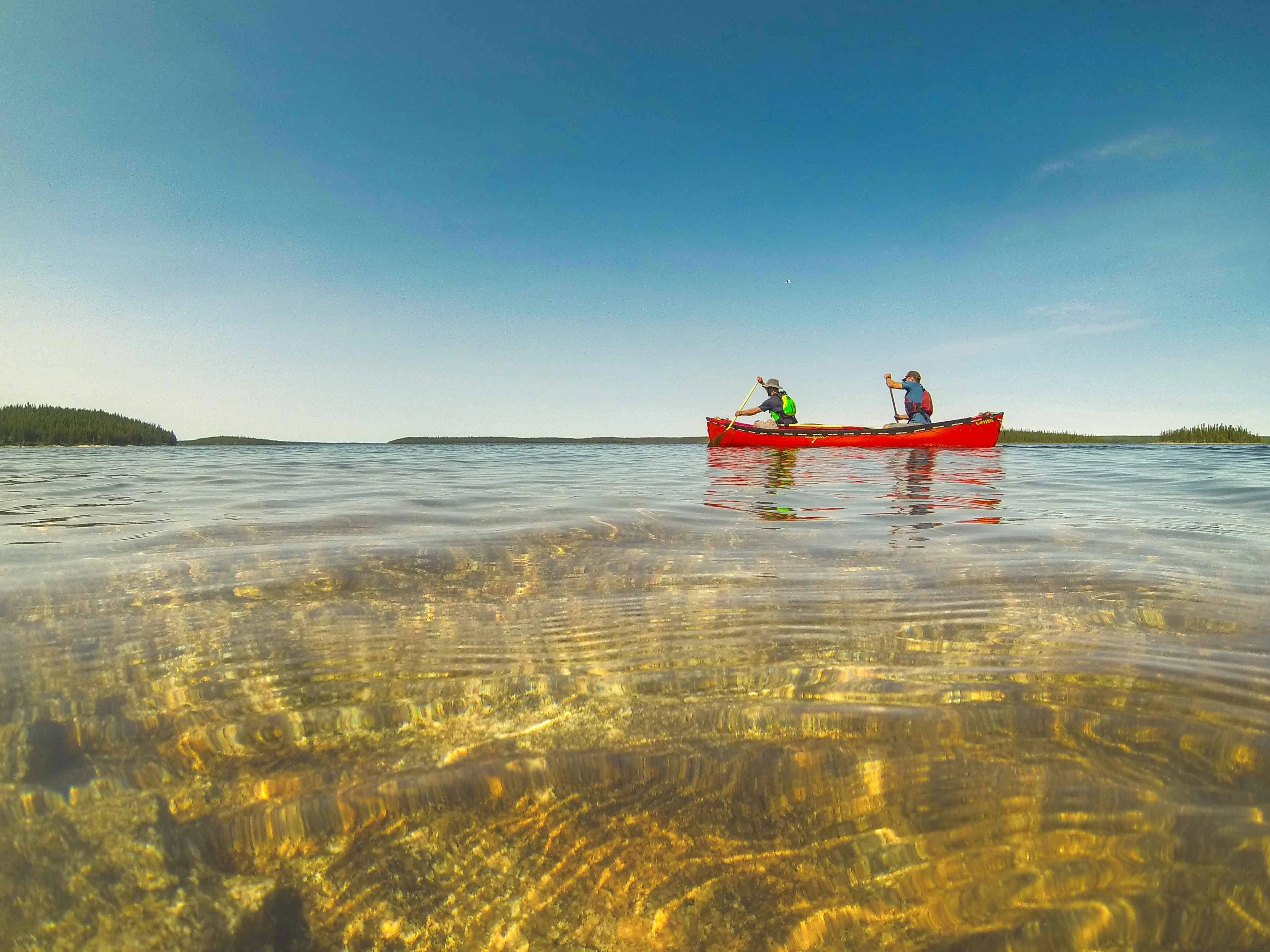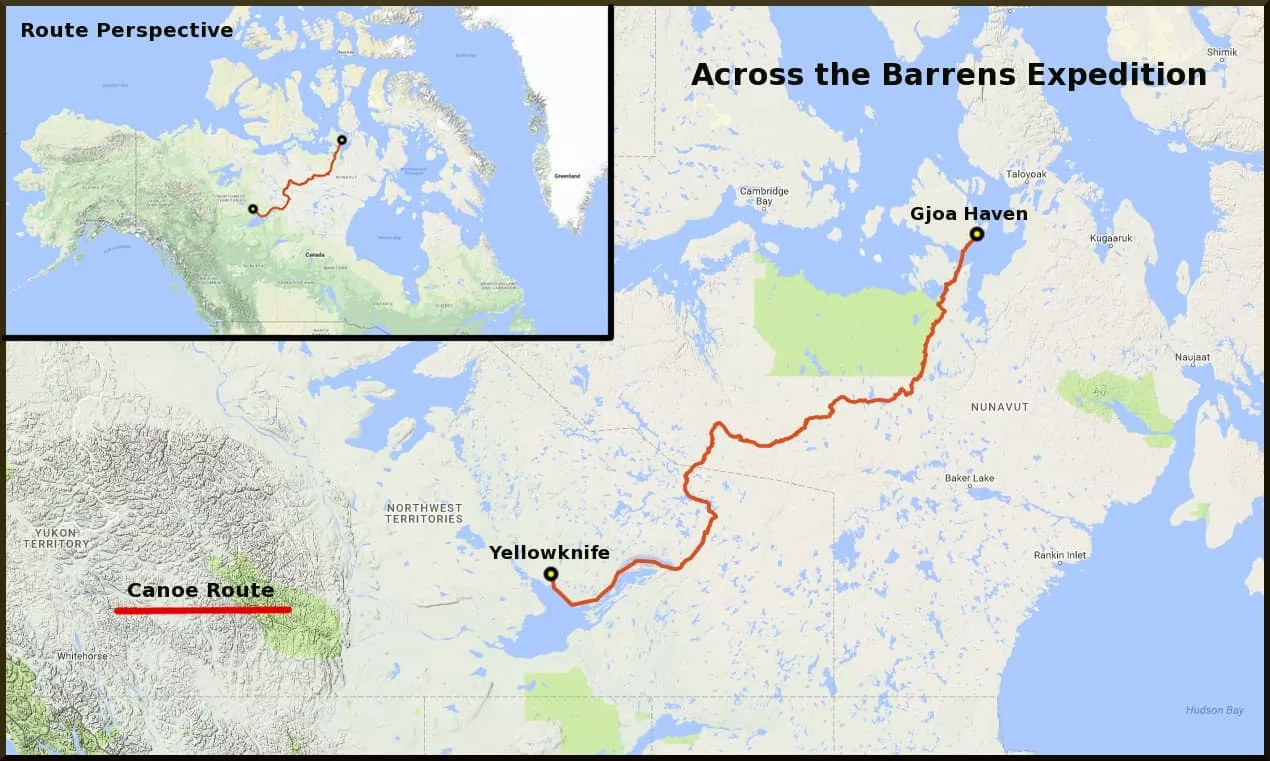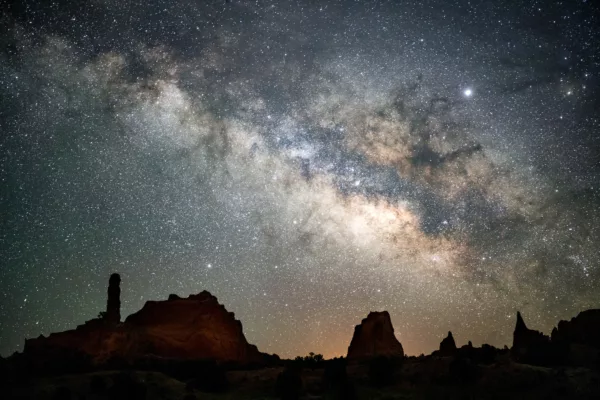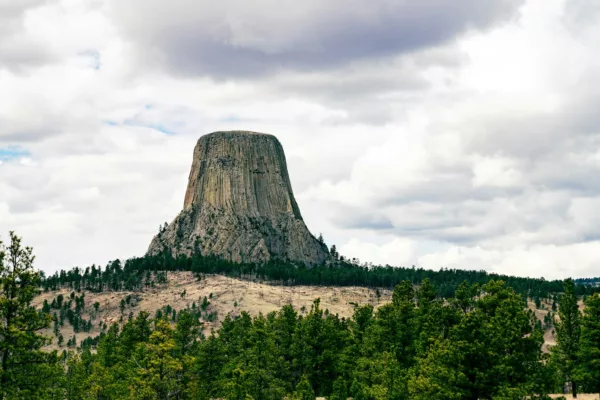The Way of the Wolf: Into the Great Wide Open (Planning for a Summer Trip Across the Barren Grounds)
Into the great wide open
Under them skies of blue
Out in the great wide open
A rebel without a clue.
—Tom Petty and the Heartbreakers
Tom Petty may not have been singing about the Arctic barren grounds of Nunavut, but I’m reminded of this vast expanse every time I hear a snippet of this classic rock tune blaring from a passing car or over the fence from a backyard party.
A snapshot of big skies and sprawling, treeless, rolling tundra explodes in my mind and tugs at my heart. It’s a place of true wilderness, true adventure.
Millions of square kilometres splattered with lakes and cut by rushing rivers call to me. In my mind this is the last true wilderness on Earth, a timeless place. I can travel for months by canoe up there and not run into a road, building or other human being.
It is irresistible.
Then there’s Petty’s line “A rebel without a clue.” That’s true too. Since I’ve never travelled this stretch of landscape I don’t have a clue about exactly what I’ll see out there in the great wide open. It’s fresh and new, which is why I’m going there—every corner is an unpredictable and wonder-filled test of experience-based decision-making and physical skill.
As for being a rebel, I suppose there’s a touch of rebellion in disappearing from society and existing for weeks on end, where everything is up to you, with no one to tell you what to do. Any rules are your own rules—it’s the freest way to live.

So after all that lyrical interpretation, I should probably mention what I’m up to.
This summer, my buddy Ryan Bougie and I will be paddling 1,800 kilometres from Yellowknife, Northwest Territories, to the village of Gjoa Haven, Nunavut, located on King William Island along the Northwest Passage. We’re calling the journey “Across the Barrens.” The centrepiece of the trip is the Back River, the ultimate Arctic whitewater test piece—with 83 rapids spread along its course.
Our craft of choice to navigate the rapids, lakes and ocean of the journey is the supremely tough and versatile Esquif Prospecteur 17. Made with Esquif’s amazingly burly and slippery T-Formex material, the Prospecteur 17 dances through rapids, slides over rocks, skims easily while being dragged over the tundra and has amazing hull-speed and dryness when navigating the big windy lakes and ocean waters of the Arctic. Having paddled thousands and thousands of wilderness kilometres in this boat, I can safely say it’s the absolute best long-tripping canoe on the market.
For a dry ride in rapids, rainstorms and on wavy crossings, we’re outfitting the Esquif with a North Water Spray Deck. Inclement weather, wave trains, stormy lakes? No problem, as this deck will keep us in snug comfort all day long, allowing us the consistent 10-hour days of paddling we need to pull off the journey in good time.
Propelling us along the way will be our Grey Owl Touring Bent Shaft paddles. The super-efficient and tough design of these are ideal for long-distance touring. They’re far less work and pull our canoe along faster than any traditional straight shaft. Paddle for five minutes with a straight shaft paddle, then switch to the Grey Owl bent-shaft and it will feel like you’re suddenly paddling on air. For the whitewater sections, we’ve got Grey Owl C-1 paddles that will shift our canoe efficiently through the maelstrom and bang off rocks all day long.

As for our onboard attire, we’ll be wearing the ultra-comfortable and feature-packed MEC Fulcrum Guide PFDs combined with MEC Fusion John wetsuits. They’ll keep us safe and warm on (and in) the water.
Keeping our gear dry inside the canoe, we’ll have the newly designed MEC Slogg Pack 115 HD and MEC Slogg 70 along with a Canoe Barrel outfitted with a North Water Quick Haul Barrel Harness. I’ve used the robust Slogg packs for years—the 115-litre model is equipped with a proper pack harness so it fits you comfortably when hauling heavy loads. The high volume of this pack is fantastic for storing bulky items like tents, sleeping bags and cookware. The 70-litre standard model is also great in that you can roll it up and fold it away once you’re eaten through the bulk of your food toward the journey’s end—one less pack to portage! I use the barrel to store some of our food as well as delicate items like electronics, telescoping fishing rod, etc. The Quick Haul Harness is deluxe—cushy on the back with lots of grab loops to haul it in and out of the canoe.
Finally, there’s our camp. Since the barren Arctic is strikingly similar to being on a mountaintop, we’ve got a four-season MSR Fury Tent to withstand inevitable high winds. For a cozy night’s sleep, we’ll be using Thermarest X-Therm Neo-Air sleeping pads and Thermarest’s hydrophobic Parsec down sleeping bags.
For cooking, we’ll cook over fire when it’s easy and use the ever-reliable MSR Whisperlite International stove for quick boil-ups on those longer days or rainy days when we want to have hot food and drinks pronto.

If you’d like to follow our journey along on a live map and read descriptive Haiku poetry of the experience, you can get live updates by following our Mapshare link HERE. I’ll be writing a feature story on the adventure for an upcoming issue of explore magazine too (Spring 2019).
The daily Haiku captures either a moment or essence of the day, so you can get a taste of what it’s like to travel “Into the Great Wide Open.”
Read Previous Blogs:
Way of the Wolf: An Interview with Adam Weymouth, author of "Kings of the Yukon"
The Way of the Wolf: Gearing up for an Arctic Spring Tour
The Way of the Wolf: Gathering of the Tribe














